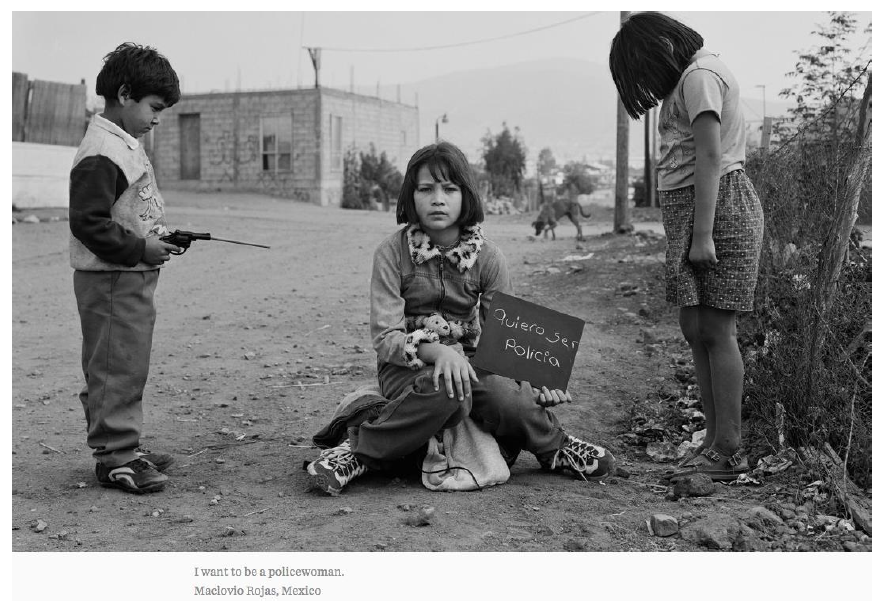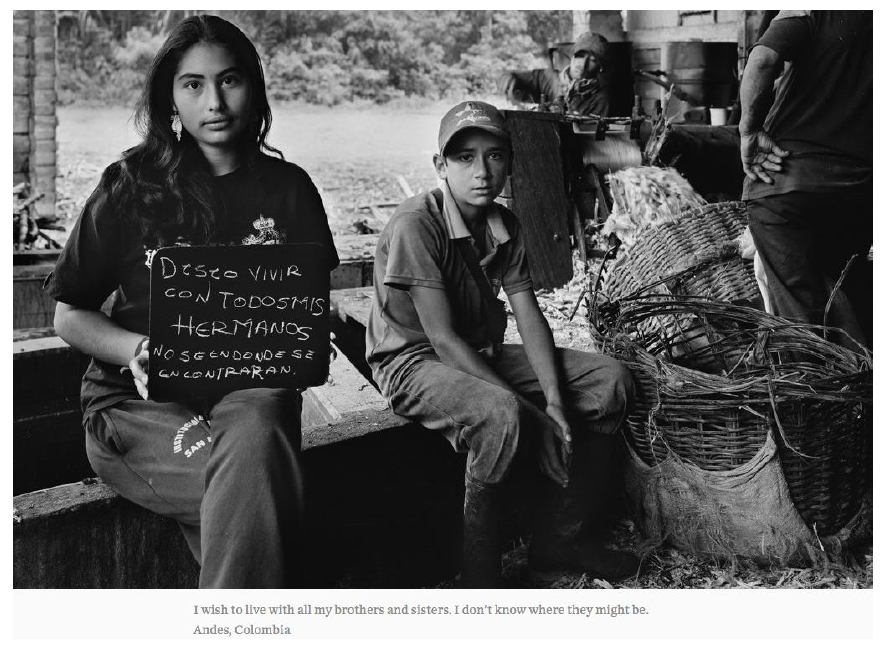A Reflection by Kavya Singh (LALS 328 College Student in Fall 2019)
With this decade drawing to a close, one can be prone to latch on to the echoes of past or be held captive by the worrisome voices of the future. Acceptable, as humans, we celebrate beginnings and despise endings. New Year Eves are a contradictory testimony to that, they are bittersweet as we say goodbye to all we have known and yet, they are marked with the promises to seek new starts. It is always difficult to part ways with familiarity – whether it be a good book or moments surrounded by close ones or days of carefree summer – it requires courage to move on with the ultimate reality being that things eventually end – the last page is read, goodbyes are said, and freezing fog finally engulfs us again. Most often people say that the only way to survive the trembling winter is to hope for the warm sun. As an overworked, exhausted, anxious student and human, my only way to cope with the sadness that comes from thinking about all that’s wrong with the world is to capture those fleeting, beautiful moments of humanity. It is to come to terms with the fact that everyone is fighting a battle I know nothing about and hence, to embody kindness in every act. If only this ideal was a goal for all, our world would be at peace and our minds much at ease but, we still bear the evil cost of simply being human.
This paper is built on three stories and its ties to lessons from Latin America. It draws on interactions from the ‘Diplomacy in the Americas’ program and uses the elements of stories, photos, and street art to capture the beauty of the continent. It is a dedication to all the lives lost who led the battle against torturous agendas. It is for all the lives who still breathe for strength, freedom, and love.
Act I: Airplanes
“Yes, Latinos dream more. When you live in poverty, when your president is imposed upon you, when they kill someone and no one gets indicted, and when only a few get rich, of course you dream more. It's no coincidence that magic realism happens in Latin America, because for us dreams and aspirations are part of life.” ― Jorge Ramos
Martin Weber, a photographer, lead a project for more than 10 years across Latin America asking his subjects to write down a dream they have(1). In capturing the echo of personal aspirations, the security group during class presentation tried to replicate a similar idea of writing brief messages of what security meant to them. It was heartening to see glimpses of true kindness as people wished for well-being of their loved ones, and it was scary to read stories of horror as they smeared the tapestry of illusions that we often make about others. Yet, in the first world, for us, dreams become our goals: we have the opportunity to dream, to imagine the impossible, and no matter how matter how ridiculous, we have the freedom to believe we can fly.
For Latin America, in a world where broken dreams portray the needs of people, they have survived. They have survived the oppression, the regimes, the humility, and they have been broken. But they still hold on to the dreams as they continue to redefine the space that we live in. Maybe they don’t have a choice, or maybe struggling is all they know, I could never know but I have learnt that in dusky alleys of Latin America where airplanes seldom fly, dreams ‘of economic and political struggles, of human failings and aspirations, of broken hearts and enduring love’ soar higher.
Act II: Carpe Noctem (Seize the Night)
“I do feel that I have to use my voice for those that don't have one. I have to do the best I can in my own work to represent my culture, represent the women of my country, of Latin America. What we stand for. What we're made of.” ― Shakira
Adopting a feminist lens is not easy. Patriarchy has not been giving to softer, quieter voices, but the strong women of Latin America have been an inspiration. All over the world, they are the ones who have rejected the western notions of masculinity, they have gone to war for their loved ones, they have teared down the walls that we didn’t even know were blocking us in, they fought for our rights, and mostly, they have been legendary. In adopting Paolo Freire’s idea in the Pedagogy of the Oppressed, he conveys well in his sentiment that liberation arises from internal beliefs, it cannot be consolidated or incorporated in our struggles, but it has to be felt and personified and forged from within(2).
In an article by Agosin (1985) who wrote about the women from her community who lived differently in the night –a soon -to-be mother who slaved away so her child could have a better future, a sister who built a home for her younger siblings as her brothers went to war, and a mysterious women who spent her life finding ‘disappeared’ people to bring comfort to others – they resonate strongly with me(3). Their stories, their movements, their identities remind me that as a woman, I speak for the other half. And though it may be softer, it is louder.
Act III: Passerby
“A revolution is coming – a revolution which will be peaceful if we are wise enough; compassionate if we care enough; successful if we are fortunate enough – but a revolution which is coming whether we will it or not. We can affect its character; we cannot alter its inevitability.” [Report to the United States Senate on his trip to Latin America and the Alliance for Progress, May 9-10, 1966] ― Robert F. Kennedy
Expressing opinion often comes naturally to people – it is a fundamental human right. For the people of Latin America, though they have been suppressed, their words can be heard and felt from a far. In the recent years, street art sits on the rising precipice of political movements. Strong imagery mirrors the specific events of sparks and revolution(4). They are beautiful form of struggle – breaking the barrier between the words and the people. Art is meant and experienced differently for each person, and this is what I felt when I visited the Penn Annenberg Centre’s CCATE exhibit. I walked away knowing that in the struggle to be free, it requires courage – something that we can learn very well from Latin Americans. Their art is strong, and it is welcoming to everybody. It screams beautifully in whispers, ‘I am here. You are not alone.’
As the region finds its momentum, it is crucial to draw on these lessons from Latin America. There are many more – billions of dreams, stories, pictures, and every other form of expression that answer the call of what is coming next. It is in knowing that the people of Latin America have woken up, they are and always will fight for what they believe in. They echo the laments of another world, a world where airplanes fly, night blurs with the day, and that they are not fighting this battle alone.
Photos by Martín Weber




Endnotes
1 Weber, M., 2011. A Map of Latin America
2 Freire, P. Pedagogy of the Oppressed
3 Agosin, M., 1985, Stories of Night and Dawn: Latin American Women Today
4 Patino, A., 2015, Why Latin Americans Face the Crisis with Street Art
References
1. Weber, M. 2011, “Latin American Dreams”, A Map of Latin America. Accessed on 17th December at https://www.reportagebygettyimages.com/features/a-map-of-latin-american-...
2. Agosin, M. 1985, “Stories of Night and Dawn: Latin American Women Today”, Women’s International Studies Forum, vol 8, no. 5, pp 507-509.
3. Patino, A. 2015, “Why Latin Americans Face the Crisis with Street Art”, Latin American Radar. Published on 1st October at http://www.latinamericanradarlar.org/street-art.html
4. Quotes borrowed from prominent figures

 Center for Latin American and Latinx Studies
Center for Latin American and Latinx Studies